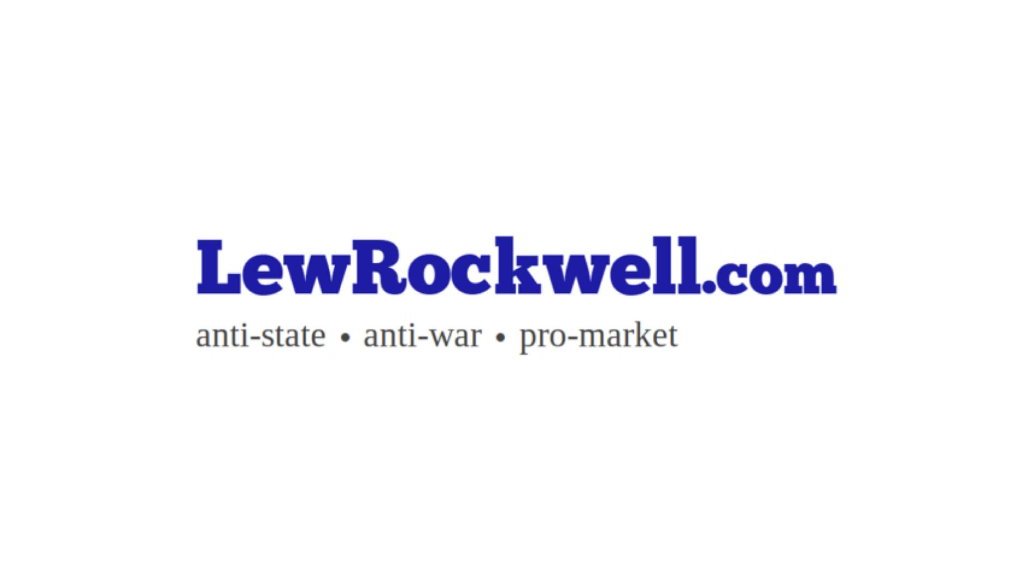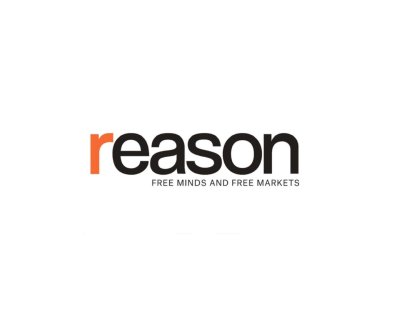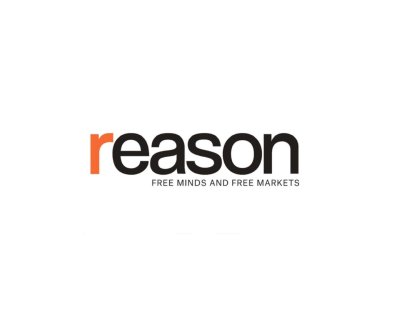Behind the ’12-Day War’
Operations “The Rising Lion” and “Midnight Hammer” were massive demonstrations of force. They lasted no more than 12 days in total. Their results are unknown, but much has been learned about those who planned them. The International Atomic Energy Agency, which relied on AI software rather than the observations of its inspectors, is now demonetized. The damage done to Iranian nuclear research sites is questionable. Only the assassinations of military leaders and civilian scientists have been documented.
Several elements of the “12-Day War” remain unexplained, but this does not prevent each major player (Israel, the United States, and Iran) from claiming to have won it. Above all, the questions raised about fundamental elements do not allow us to establish with certainty whether Washington deliberately violated international law or whether it believed it had to do so to avoid much worse.
Iran’s nuclear research program
We have, in these columns, explained at length the conflict surrounding Iranian nuclear research [ 1 ] . It began in 1981 when the Islamic Republic of Iran demanded the enriched uranium to which it was entitled under the Iranian-French nuclear program, proposed by President Valéry Giscard d’Estaing and Prime Minister Jacques Chirac to Shah Mohammad Reza Pahlavi, as part of the US “Atoms for Peace” program. It was in this context, and in the face of France’s refusal to give the Islamic Republic what it had planned for imperial Iran, that attacks by the Lebanese Revolutionary Armed Factions, linked to Iran, eliminated US and Israeli diplomats in France.
This conflict developed from the Anglo-Saxon invasion of Iraq (2003). Washington and London, who had invented the poisoning of Saddam Hussein’s weapons of mass destruction, extended it by that of Iranian weapons of mass destruction. They succeeded in having the United Nations Security Council adopt resolutions 1737 (December 23, 2006) and 1747 (March 24, 2007) which were to prepare for a war against Iran. However, following the Iraq Study Group , known as the “Baker-Hamilton Commission”, these wild ideas were abandoned by Washington and the conflict with France could be resolved [ 2 ] .
The conflict flared up again when Iranian President Mahmoud Ahmadinejad launched a vast research program on nuclear fusion; a project that was by nature dual, meaning it could have both civilian and military applications [ 3 ] . Supported by a majority of UN member states, he rightly refused to allow the Security Council to demand that Iran surrender one of its rights in order to “restore the confidence” of others in it (resolution 1696 of July 31, 2006); a polemic that exemplifies the drift that the West has influenced the United Nations with the dissolution of the Soviet Union. Iran, which had already experienced the overthrow of Mohammad Mossadegh, when he attempted to nationalize Iranian oil, could not fail to resist this Western attempt to prevent it from finding an inexhaustible source of energy. The controversy worsened when the Security Council adopted Resolution 1929 on 9 June 2010, again against the General Assembly.
The “revisionist Zionists” (that is, the disciples of the fascist Vladimir Jabotinsky) – not to be confused with the “Zionists” tout court, that is, with the disciples of Theodor Herzl – took up the subject. It was they who, fifteen years later, managed to infiltrate the International Atomic Energy Agency (IAEA), of which Israel is not a member, and to influence its director, the Argentinian Rafael Grossi [ 4 ] .
On April 2, 2025, Jean-Noël Barrot, French Minister of Foreign Affairs, told the Foreign Affairs Committee of the National Assembly: “We only have a few months before the expiration of this agreement [the JCPOA, from which the United States withdrew]. If it fails, a military confrontation seems almost inevitable.” [ 5 ] He added that new EU “sanctions” against Iran related to the detention of foreign citizens would be approved in the coming weeks.
On 28 April 2025, the United Nations Security Council held two closed-door meetings on the “Non-Proliferation of Weapons of Mass Destruction.” We do not know precisely what was said, but the meeting was stormy, as evidenced by the publication the following day of a letter of protest from the Islamic Republic of Iran (S/2025/261 [ 6 ] ). According to this document, Jean-Noël Barrot, French Minister of Foreign Affairs, who had flown in from Paris specially for the occasion, allegedly claimed that “Iran [is] on the verge of acquiring nuclear weapons.”
Jean-Noël Barrot and his Minister Delegate for Europe, Benjamin Haddad, joined Michel Barnier’s government and were reappointed in François Bayrou’s. While Barrot’s thinking is not well known, that of his Minister Delegate is. Benjamin Haddad is not just a former senior official in the European Union’s foreign service; he was also a long-time employee of the Tikvah Fund of the “revisionist Zionist” Elliott Abrams [ 7 ] . He was the one who defined Benjamin Netanyahu’s strategy for convincing Europeans to support Israel against the Palestinians [ 8 ] .
A month later, the IAEA claimed in its two quarterly reports on Verification and Monitoring in the Islamic Republic of Iran in light of UN Security Council Resolution 2231 (2015) [ 9 ] and on the NPT Safeguards Agreement with the Islamic Republic of Iran [ 10 ] that Tehran was hiding something. However, these documents were not based on objective observations, but on the findings of the artificial intelligence software Mosaic. This software, designed to detect terrorist plots from an infinite amount of data, did not simply analyze them, but presented warnings as certainties. For the first time, an AI, designed to detect anomalies, was used to describe reality. As a result, the anomalies detected in Iran were interpreted as the preparation of an atomic bomb. On this grotesque and expensive basis, Rafael Grossi alerted the Agency’s Board of Governors on June 12.
Mosaic software is a product of Palantir Technologies, a company whose main clients include the CIA, the Pentagon, the IDF, and the Mossad, as well as the French Directorate General for Internal Security (DGSI). It is owned by the South African-American-New Zealander Peter Thiel, a director of the Bilderberg Group.
In a particularly heated meeting on 12 June, the IAEA Board of Governors adopted a resolution [ 11 ] stating that “the Director General, as stated in document GOV/2025/25, cannot provide assurance that Iran’s nuclear programme is exclusively peaceful.” Although China and Russia protested, the IAEA referred the matter to the UN Security Council. The Russian delegation to the UN then urgently circulated an analysis (S/2025/377) denouncing the duplicity of Germany, France and the United Kingdom and their misleading interpretation of IAEA data [ 12 ] . Reading this document, it is clear that these three countries were not fooled by Rafael Grossi, but participated in his staging.
Only US radars cover Iran. To reach Iranian nuclear research centers, Israel needed access to satellite data from the US Middle East Command (CentCom).
Operation “Rising Lion”
Without waiting, Israel launched Operation Rising Lion. At this point, it is not certain that the three European countries conspired to pave the way for this operation. They may just have been manipulated into supporting it. However, previous episodes, such as that of June 2024 [ 13 ] , attest that
Article from LewRockwell

LewRockwell.com is a libertarian website that publishes articles, essays, and blog posts advocating for minimal government, free markets, and individual liberty. The site was founded by Lew Rockwell, an American libertarian political commentator, activist, and former congressional staffer. The website often features content that is critical of mainstream politics, state intervention, and foreign policy, among other topics. It is a platform frequently used to disseminate Austrian economics, a school of economic thought that is popular among some libertarians.




